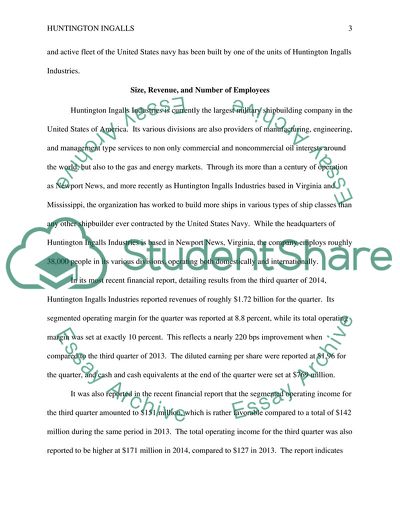Cite this document
(Huntington ingalls industries Research Paper Example | Topics and Well Written Essays - 3750 words, n.d.)
Huntington ingalls industries Research Paper Example | Topics and Well Written Essays - 3750 words. https://studentshare.org/human-resources/1858974-huntington-ingalls-industries
Huntington ingalls industries Research Paper Example | Topics and Well Written Essays - 3750 words. https://studentshare.org/human-resources/1858974-huntington-ingalls-industries
(Huntington Ingalls Industries Research Paper Example | Topics and Well Written Essays - 3750 Words)
Huntington Ingalls Industries Research Paper Example | Topics and Well Written Essays - 3750 Words. https://studentshare.org/human-resources/1858974-huntington-ingalls-industries.
Huntington Ingalls Industries Research Paper Example | Topics and Well Written Essays - 3750 Words. https://studentshare.org/human-resources/1858974-huntington-ingalls-industries.
“Huntington Ingalls Industries Research Paper Example | Topics and Well Written Essays - 3750 Words”. https://studentshare.org/human-resources/1858974-huntington-ingalls-industries.


